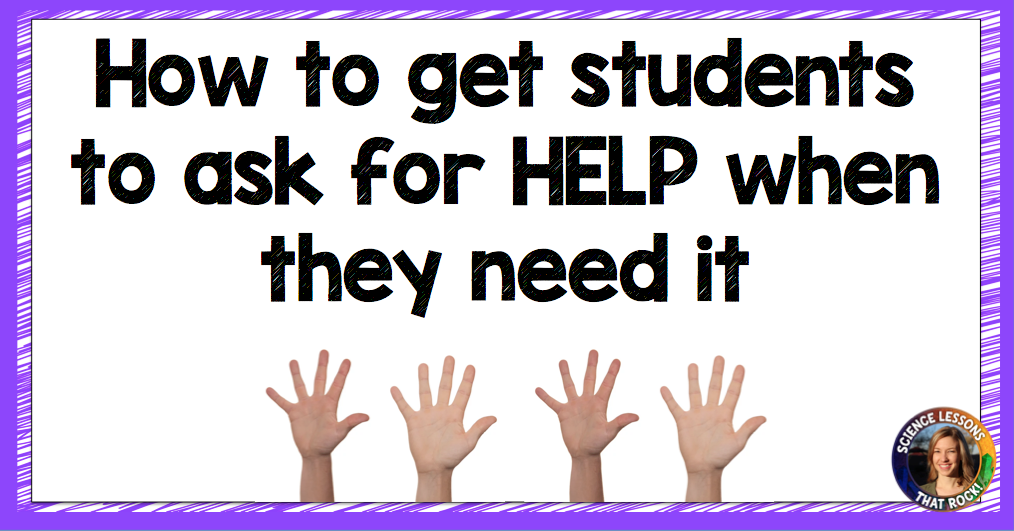1. Make yourself more accessible to the students.
If you finish a lesson and hang out near the front of the classroom or your desk, very few students are going to come up and ask you for help. You need to walk around the classroom frequently. Once you get close students are more likely to call you over.
One way you can check in on how you are doing is by measuring your steps each day. I wear a fitbit so I can see how many steps I’m taking. Don’t have a fitbit? If you are an I-phone user your phone is automatically measuring your steps in your health app (this only works if your phone is in your pocket, not locked up in your desk). If I’m only hitting around 4000 – 5000 steps for the day, I know I didn’t walk around my classroom enough. My goal is to reach around 8000 steps by the end of the school day. (This can vary depending on the size of your classroom and if you have lunch duty, etc.)
2. Change the way you ask students if they need help.
Try to not make asking for help optional. You can do this by changing the way you ask your students who needs help. If you stand at the front of the room and say “does anyone have questions?” then most likely you will hear crickets.
Instead, try walking around the room and asking “Who can I help next?” and don’t stop until you get some takers. When you make it sound like you are ready and expecting someone to speak up, they usually will. Changing a few words might sound like no big deal, but I promise it works. If nobody is still speaking up, hover around the students you know are probably struggling based on your previous formative assessments and give them some help even if they don’t ask. It may seem annoying to them at first, but I’m more annoying when they have a failing grade and nag them to come get tutoring after the fact.
These two tips may seem overly simple but I promise they work. Try it! Any other tips of the trade? Leave them in the comments!









